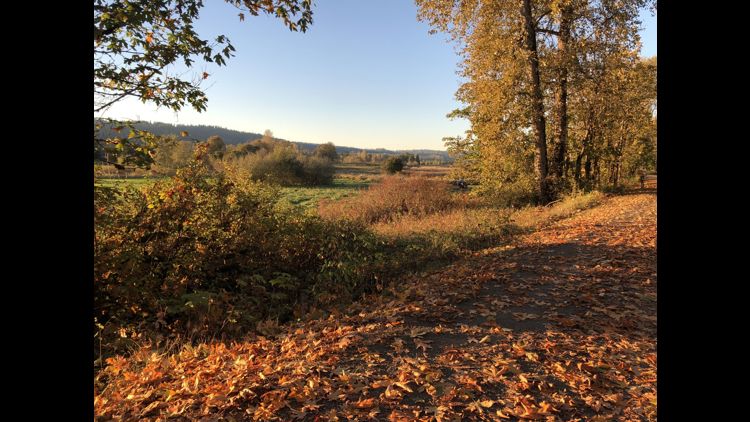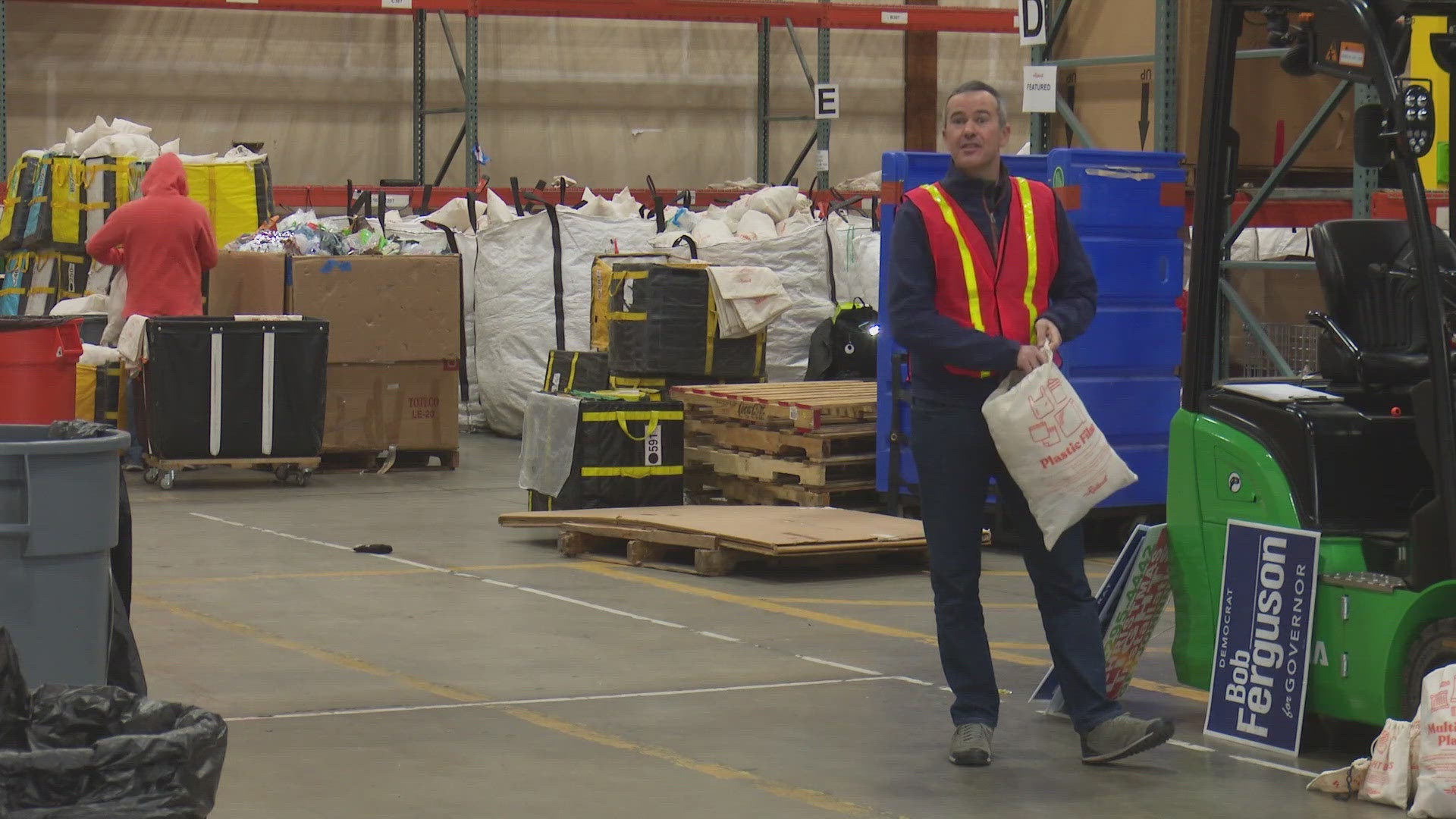WASHINGTON, USA — Earlier sunsets, cooling temperatures and maple and pumpkin treats in every grocery store. Fall is here.
Many areas of western Washington are already seeing some color changes in leaves, but their peak fall colors are still days away.
King County is expected to peak around Oct. 21, according to smokymountains.com. Whatcom, Skagit, Thurston and Clallam Counties are predicted to peak a bit earlier, around Oct. 14.
The peak fall foliage is expected to appear later in the year than in 2023. For example, in King County, fall colors were forecasted to peak around Oct. 2 last year.
Smoky Mountains uses data from the National Oceanic and Atmospheric Administration (NOAA), including historical and forecasted temperature and precipitation, historical leaf peak trends and more.
Key factors impacting fall colors
The fall foliage is all thanks to photosynthesis and chlorophyll. A leaf's transition from green to red depends on the quantity of chlorophyll, which is driven by weather conditions.
As chlorophyll reduces in a leaf, other compounds emerge such as carotenoids (oranges) and anthocyanins (reds), and flavanols (yellows).
The main factors that impact the vibrancy of fall colors are the kind of pigment in each plant species, the declining intensity of sunlight leading to fall, and the weather, according to the U.S. Forest Service. Temperature and moisture are the main factors.
The best weather pattern for the brightest possible fall colors is a series of warm, sunny days and cool nights that aren't freezing. A late spring or severe summer drought can delay the onset of fall colors by a few weeks. Meanwhile, rainy and windy weather can knock leaves down prematurely, which could shorten the color display at its peak.
Summer drought conditions can also stress trees, causing them to lose their leaves or start color production prematurely, Harvard Forest, Harvard University’s 4,000-acre laboratory and classroom, says.
Moisture also plays a role in the vibrancy of fall colors. Adequate summer rains promote good tree health and leaf retention, likely leading to a better display of fall colors, according to Harvard Forest.
Places to see the fall colors around western Washington
Hikes:
Drives:
1. Chuckanut Drive Scenic Byway in Bellingham
2. Stevens Pass Greenway
3. Chinook Scenic Byway through Mt. Baker-Snoqualmie National Forest and Mount Rainier National Park



